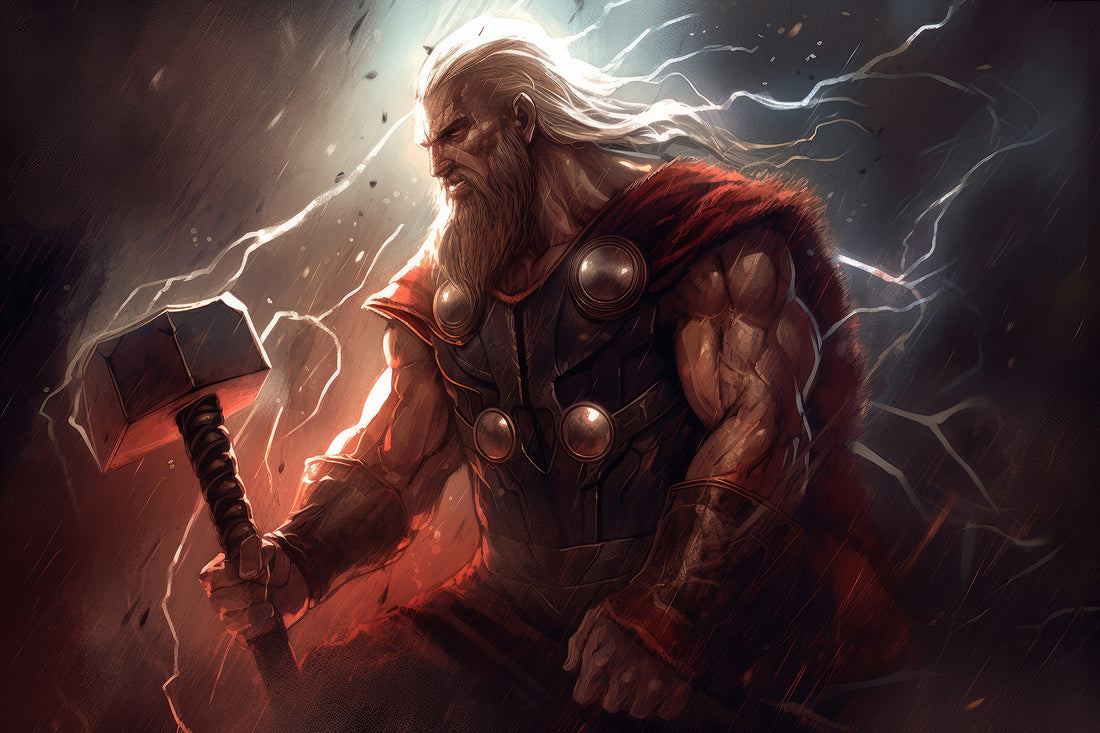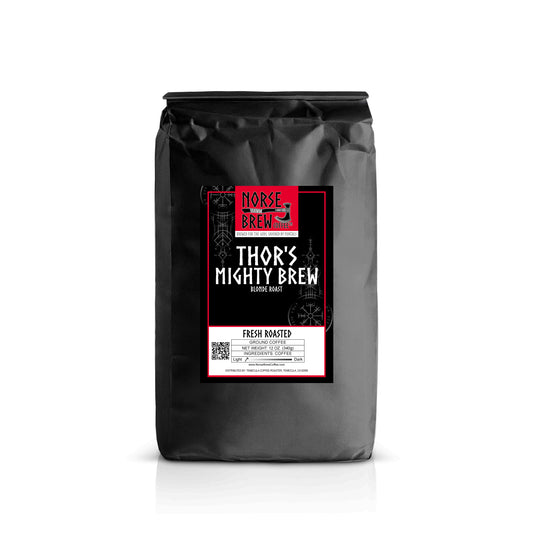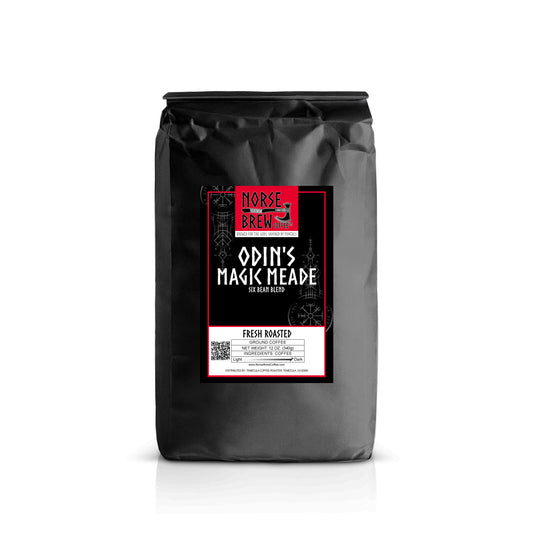Marvel's portrayal of Norse mythology has captivated audiences for years, but it's not always a faithful representation of the ancient tales. Let's delve into seven captivating instances where Marvel diverged from Norse mythology, offering a more detailed comparison.
Mjölnir's Enigmatic Inscription
In Marvel, Thor's hammer, Mjölnir, famously carries the inscription: "Whosoever holds this hammer, if they be worthy, shall possess the power of Thor." This twist adds complexity to Thor's character but differs from Norse mythology, where the Eddas don't explicitly mention a worthiness requirement for wielding Mjölnir. In the original myths, Mjölnir symbolized Thor's raw strength, not moral worth.
Loki's Heritage
Marvel introduces Loki as Thor's adopted brother, creating a compelling dynamic between the two. However, in Norse mythology, Loki is Thor's half-brother and a Jotunn, making their relationship even more complex and reflecting the chaotic nature of the mythological Loki.
Yggdrasil, The World Tree
Marvel acknowledges Yggdrasil, the World Tree connecting the Nine Realms, but it often downplays its significance. In contrast, Norse mythology reveres Yggdrasil as the cosmic axis, binding the realms and symbolizing the interconnectedness of all existence.
The Bifrost Bridge
The Bifrost Bridge, portrayed as a radiant rainbow in Marvel, differs from Norse mythology's description. In the Eddas, the Bifrost was a burning rainbow bridge connecting Asgard to Midgard, emphasizing its fragility and the impending doom of Ragnarök.
The Death of Baldur
In Norse mythology, Baldur's death foreshadows Ragnarök, the apocalyptic event. Marvel, however, often omits or alters the significance of Baldur's demise, downplaying its role in the grand scheme of things.
Surtur and Muspelheim
Surtur, the fire giant, is a character in Marvel, but the connection between Surtur and Muspelheim, the realm of fire, isn't as well-explored as in Norse mythology. In the original myths, Surtur plays a key role in signaling the arrival of Ragnarök.
Ragnarök's Outcome
Marvel often portrays Ragnarök as a temporary setback from which heroes emerge victorious. In contrast, Norse mythology depicts Ragnarök as a cataclysmic event leading to the end of the world, with only a few survivors and the rebirth of the cosmos.
These seven instances exemplify the creative liberties Marvel has taken with Norse mythology, providing us with a fascinating reinterpretation that continues to enchant audiences while diverging from the ancient tales that inspired it. Understanding these differences enriches our appreciation of both the comic book universe and the intricate tapestry of Norse myths.






